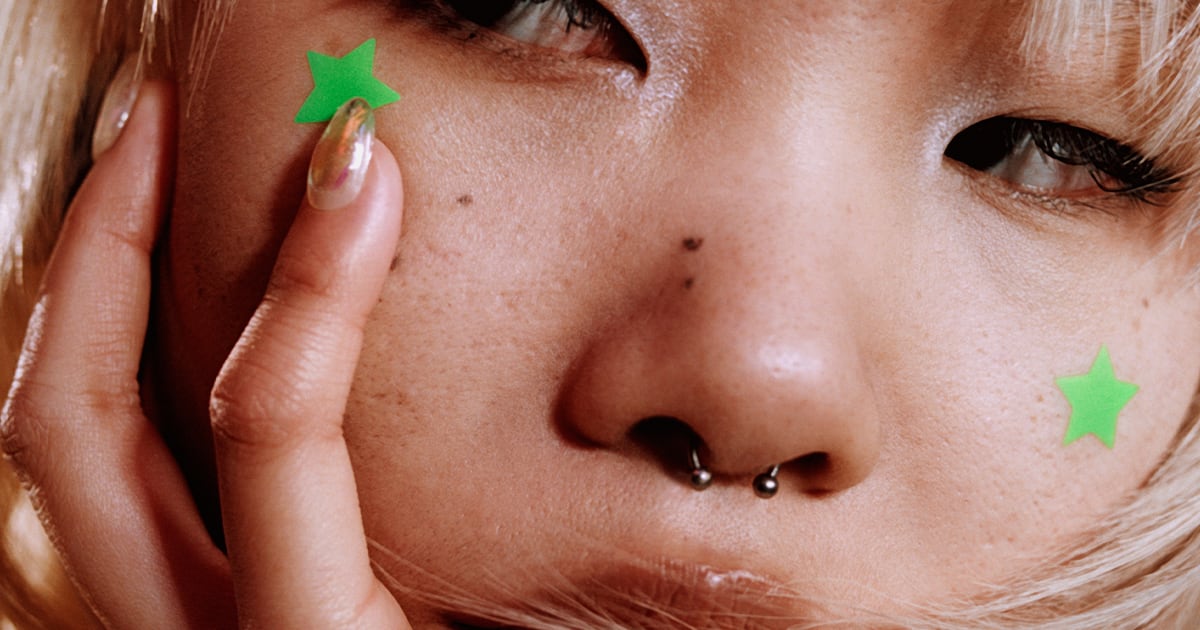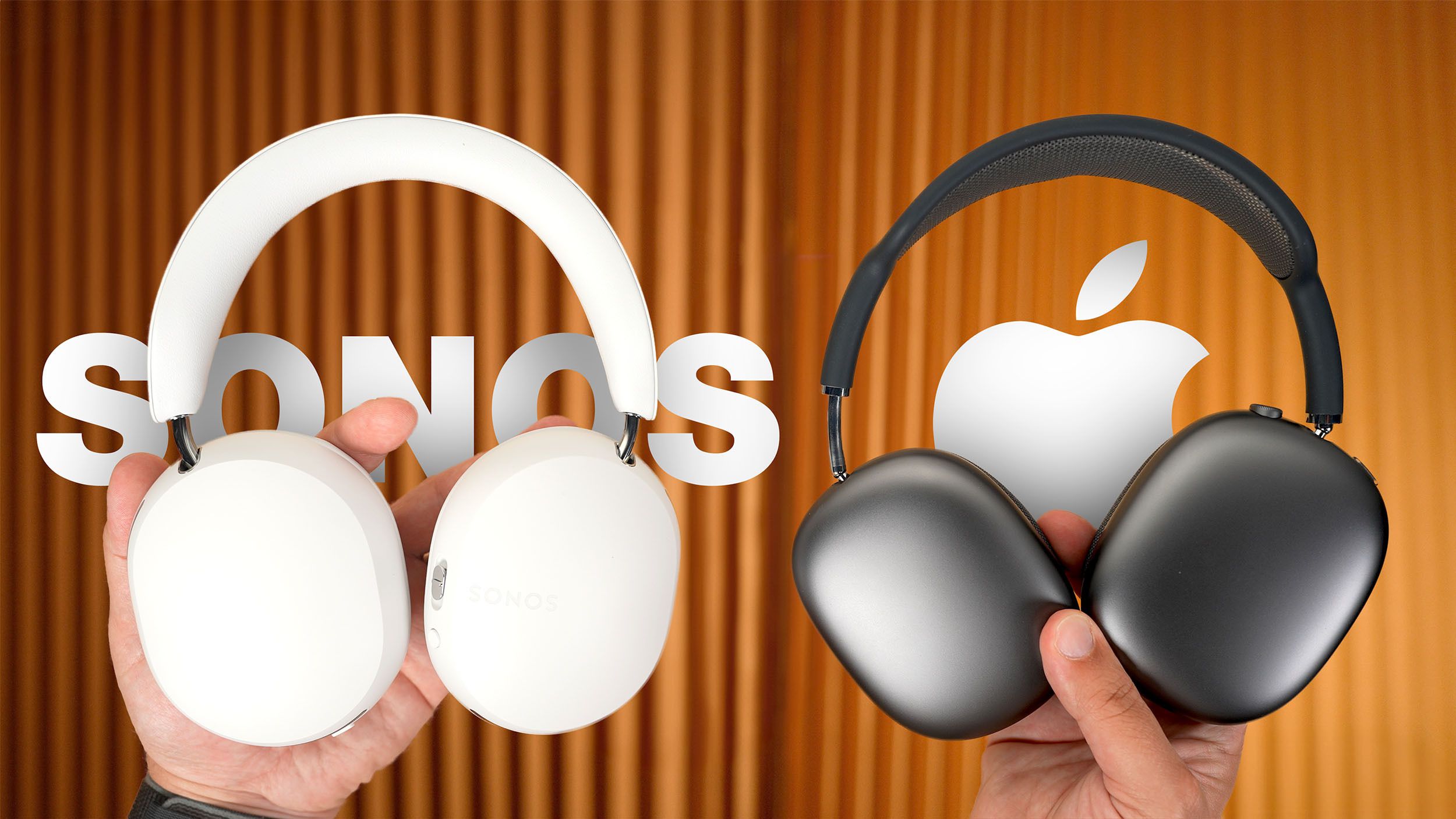No one was laughing in the lobby of the Bowery Hotel except Julie Schott, ex Ella beauty director, current pimple patch mogul, and mastermind behind the consumer packaged goods marketed to Gen-Z. She was describing a mass retail strategy when her voice suddenly went silent. «Am I too loud in this room?» she whispered, then quietly scolded herself. «We’re in the library.» Schott joked about how you go to Target to get toilet paper and then end up leaving with a bunch of stuff you didn’t even know you needed. She joked about watching TikTok on planes, cigarettes and fecal incontinence.
Given the inconstancy of placing comedy anywhere near our faces and bodies, the beauty industry is not known for its sense of humor and usually requires the care of a squadron of bombs to be funny. Schott, who left her editorial career to become Gen-Z’s marketing guru, doesn’t make it funny as much as she makes it frivolous. She once tried to be an influencer, but it was difficult for her to express herself in a vulnerable way. «I have trouble being serious,» she told me.
Years of hard work on Instagram have left Schott with the distant glow of a jet-lagged influencer. Even early in the morning, draped over the couch in Martina Rose’s sweatshop, her cheekbones jut out, shut in as little light as the lobby lets in. She seems to drum with low angst, one of the many frequencies that aligns her with Gen-Z, along with an almost Dadaist sense of humor and plain comic honesty.
«They are very funny,» she said. «They’re not afraid to say what it is, and they’ll tell you when they hate something.»
Consider when she launched Starface with entrepreneur Brian Bordainick in 2019. Schott’s hit innovation — hydrocolloid patches that are colored and cut like stickers — priced at $22. «They were on TikTok like, ‘Girl, I’m not going to pay for that.'» Schott laughed. «Just!» They are now $14.99 and available online and also at Target and CVS. In other words, almost everywhere.
Since then, Schott and Bordainick have been launching new brands at an incredible rate of about one per year. There’s Starface and Julie, emergency contraception; In the future, a skin care brand based on the viral trend of super hydration, called «slugging», and Blip, a brand of chewing gum and sticks to quit smoking.
If Emily Weiss whispered makeup to Millennials, Schott knows what Gen-Z wants. In that light, it’s possible to read her and Bordainicka’s portfolio—from his wacky anti-acne stickers to his TikTok trend-driven skincare line—as a series of commercial emissaries in an underserved market.
The brand, when animated by Schott, sounds like «your friend who follows the same Instagram pages and Twitter accounts as you,» said Alexandra Pauly, HighSnobiety’s beauty editor. Starface’s product in particular has an unspeakable effect. «They’re more than just pimple patches,» Pauly added. «It’s impossible not to feel a certain way when you put a little pink star or Hello Kitty on your face.»
Starface is still the mothership around which the others orbit. Since launching in 2019, the brand has raised about $18 million in funding and is on track to approach $100 million in revenue this year, Bordainick said. Julie saw at least some momentum, hitting shelves in late 2022, a few months after the Supreme Court overturned Roe v. Wade. Sales have doubled in the past six months, while the general contraceptive market has lagged behind. But Futurewise and Blip have yet to achieve nearly the same buzz. There was also Plus, a body care line focused on sustainability that closed three years after it was introduced.
Some products are easier to sell than others. But Schott is less a genius at selling things than he is a generational talent at marketing them. At 35, she’s a millennial and says she feels like most of her cohort when she’s in the Cody Rigsby Peloton class. Other times, she looks younger, like when she’s making «girls night»-inspired TikToks for Julie (brand). He’s always on TikTok — he’s a list, but he’s also looking for his precious stars. Is it on Doja Cat?
«She just has a really strong pulse on youth culture,» said Brian Bordainick, Schott’s business partner. The two make up Brand New, a two-person-sized brand launch platform where Bordainick builds the business and Schott builds the brand, something she’s uniquely good at, according to Bordainick.
«It’s like, ‘Shit.’ She just nails it every time,» he said.
Eyes on Z
Schott was born in Illinois, spent his childhood in the United Kingdom and eventually graduated from high school in Westport, Connecticut. She interned at Teen Vogue and was featured on its pages. («I’m not just helping out in the closet, but I’ll also be blogging and attending events,» she said as a 20-year-old intern in 2008. «I’m keeping you posted!») She spent her earliest years working under a pantheon of beauty editors like Eva Chen and Jean Godfrey-June. Schott also assisted the legendary Cat Marnell at XoJane, and was immortalized in the memoir How to Kill Your Life as Kylie Marnell’s Kim.
«We were a little bit like the cast of a reality show in a way,» Schott said. Every Xo writer had his «thing,» and Schott’s became acne. Not only was she preoccupied with her own, but the topic became a prism for her to refract her feelings about her image onto the website. For writers it was the age of the personal essay; for beauty writers, it was the «I Tried It» era, where even basic services like maintaining acne-prone skin were given first-person treatments.
After XoJane, Scott went to Elle and was eventually named the publication’s beauty director. There, she presided over a section where traveling editors shared their booty from abroad, which is how she came across Korean pimple patches. No bigger than individual glitters, these hydrocolloid patches not only protect pimples from getting worse, but are said to draw harmful material, such as excess oil, from the area, speeding up the healing process.
Meanwhile, on Instagram, where Schott spent most of her time, filters began to provide ways to embellish selfie faces; some filters would paint your face in emojis, like digital stickers. If every beauty editor has their own genius product idea, combining a cute sticker with an acne patch would be Schott’s.
Around the mid-2010s, Schott fell into the pack of new media workers with large social followings, such as the Prescod sisters of Elle or Carly Cardellino of Cosmo or Kristie Dash of Allure. The hyperrelevance of Instagram has empowered some users beyond the headlines of their magazines, and editors, intentionally or not, have begun to lean toward acts of influence—posting photos from branded events, attending trips not as journalists, but as talent. Schott embraces but doesn’t glorify this time in her life: «It was a fun way of self-expression at that age,» she said, diplomatically.
A star is born
During the year between leaving Elle and starting Starface, Schott tried to support herself with influencer work and burned out.
«It was comically bad,» she said. «It just didn’t land.»
She tried other things. After an Instagram post about continence proved wildly successful, Schott decided to pursue the topic as a beauty issue, inspiring her short but indelible #pooptalk series. That year she also decided to hold meetings with people who could bring her pimple patches to commercial life. She soon met Bordainick.
Starface’s first batch of patches was, according to Schott, «not good.» They came out more headlong than they had intended, and held on little more than half-heartedly. Several other and more well-known pimple patches, such as those from Korea, were – some might say – more effective at actually controlling acne. But none of them were or are Starface. (Neither its formulas nor its patch shapes are patented, but Starface isn’t burdened with competition so far, aside from the odd «star patch» scammers popping up on the TikTok Shop.) The novelty alone led to the brand’s early success, and they sold out when they launched at Target . Since then, the patches have been completely reformulated to ensure maximum effectiveness, opacity and rubber factor.
«Everything that was there on day one is in a completely different format today,» Schott said.
Schott said she’s most focused on Starface, at least for the near term: This year, the brand is expanding into a new category and will also launch two new color options — one pink stain for now, and a less colorful option later. Soon, Bordainick will launch Overdrive Defense, a brand that will apply the duo’s signature marketing to drug-testing strips and opioid overdose medications, according to filed trademarks; it’s also his first launch since Starface without Schott formally by his side.
It only took me two hours after meeting Schott to come across a group of spots in the wilderness; several green stickers formed a constellation on the face of a coffee shop barista who identified himself as Gen-Z (IM SO ANXIOUS T-shirt, mullet-cut hair). He has been a customer since launch. «They’ve improved a lot,» he said, noting the stickier factor of the stick.
But he does not like them because they act, strictly speaking; he just thinks they’re wonderful.
Editor’s note: This article was amended on 3 June 2024. An earlier version misstated Schott’s birthplace.




